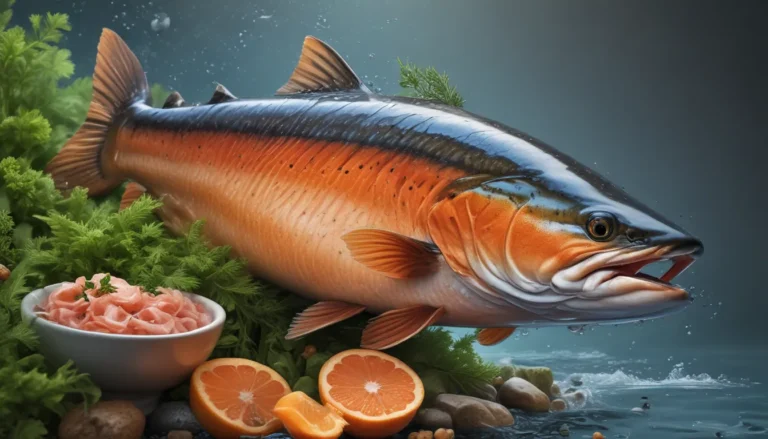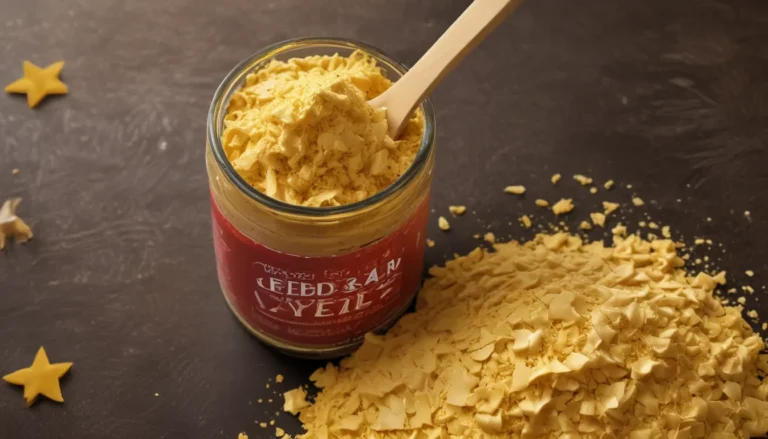The pictures in our articles might not always show exactly what the text is talking about. We use these images to make the article more interesting and eye-catching. They are there to add to the text, but not to replace it or show every detail.
Kudzu, famously dubbed as "the vine that ate the South," has become a ubiquitous presence in the southeastern United States. Originally hailing from Japan, this highly invasive plant species was introduced to the US in the late 19th century with the intention of controlling erosion and providing livestock fodder. However, kudzu proved to be a formidable force, rapidly engulfing landscapes, smothering trees, buildings, and other vegetation in its path.
Key Takeaways:
- Kudzu is an unstoppable-growing vine with a knack for overtaking trees and buildings.
- It has versatile uses, from traditional medicine to potential biofuel applications.
- However, its invasive nature poses a significant threat to biodiversity.
Kudzu’s Rapid Growth and Introduction to the US
Kudzu, scientifically known as Pueraria lobata, belongs to the pea family and is native to East Asia. Known for its rapid growth, it can quickly cover structures, making it a notable presence in the landscape. The plant made its way to the United States in the late 19th century, initially brought in for ornamental purposes and erosion control. Its adaptable nature and vigorous growth soon led to its widespread proliferation.
The Invasive Nature of Kudzu
One remarkable aspect of kudzu is its astonishing growth rate, with reports suggesting it can reach up to a foot in height in just 24 hours. This remarkable growth, coupled with its ability to climb and spread rapidly, has earned kudzu its infamous reputation as a highly invasive species. It currently blankets around 7.4 million acres of land in the US, posing a significant threat to native flora and fauna.
Kudzu’s Multi-Faceted Uses
Despite its invasive tendencies, kudzu has beneficial qualities that make it fascinating. The plant has been utilized in traditional Chinese medicine for treating various ailments due to its antioxidative, anti-inflammatory, and antimicrobial properties. Additionally, while the vine itself is not commonly consumed, the tender leaves and flowers of kudzu can be used in culinary preparations such as salads, soups, and stir-fries.
Exploring Kudzu’s Potential
Researchers are actively exploring the potential of kudzu as a biofuel source due to its rapid growth and high cellulose content, making it a promising candidate for biomass production. Moreover, the plant's deep root system, which can reach depths of up to 12 feet, enables it to thrive in diverse soil conditions and withstand drought.
Challenges Posed by Kudzu’s Invasiveness
The pervasive spread of kudzu has earned it the moniker "the vine that ate the South." Its ability to regenerate from small fragments makes it incredibly challenging to eradicate once it takes root. This characteristic, combined with its competition for resources with native species, can have detrimental effects on biodiversity.
Kudzu in Art, Culture, and Traditional Practices
Beyond its ecological impact, kudzu has also left its mark on artistic and cultural spheres. In some regions, the vines have been used for creating traditional crafts like baskets and paper due to their flexibility and strength. Moreover, the plant's presence has inspired artists, writers, and filmmakers to explore its symbolic and aesthetic possibilities.
Conclusion: Embracing the Complexity of Kudzu
In conclusion, kudzu's complex history and contrasting qualities make it a plant of intrigue. While its invasive nature poses challenges, its medicinal properties, culinary uses, and artistic inspirations highlight its multifaceted nature. As efforts continue to manage and harness the potential benefits of kudzu responsibly, understanding its diverse aspects is crucial.
FAQs on Kudzu:
-
What is Kudzu?
Kudzu is a fast-growing vine native to East Asia known for its invasive tendencies. -
How did Kudzu become invasive in the United States?
Initially introduced for erosion control, kudzu's rapid spread and adaptability led to its invasive status. -
What are the effects of Kudzu on the environment and agriculture?
Kudzu can harm native vegetation, reduce biodiversity, and interfere with the growth of crops. -
Are there any beneficial uses of Kudzu?
Yes, Kudzu has been utilized in traditional medicine, as biofuel potential, and for culinary purposes. -
Are there efforts to control Kudzu's spread?
Various control strategies, including mechanical removal and herbicide application, are being implemented. -
Is Kudzu safe to eat?
Certain parts of Kudzu, like young leaves and root starch, are edible but caution is advised due to toxic compounds in other parts.
Unveil the intriguing world of kudzu and its diverse facets, from its rapid growth to its medicinal uses and cultural significance. As we delve into the complexities of this remarkable vine, let us appreciate the beauty and challenges it brings to the environment and our lives.






